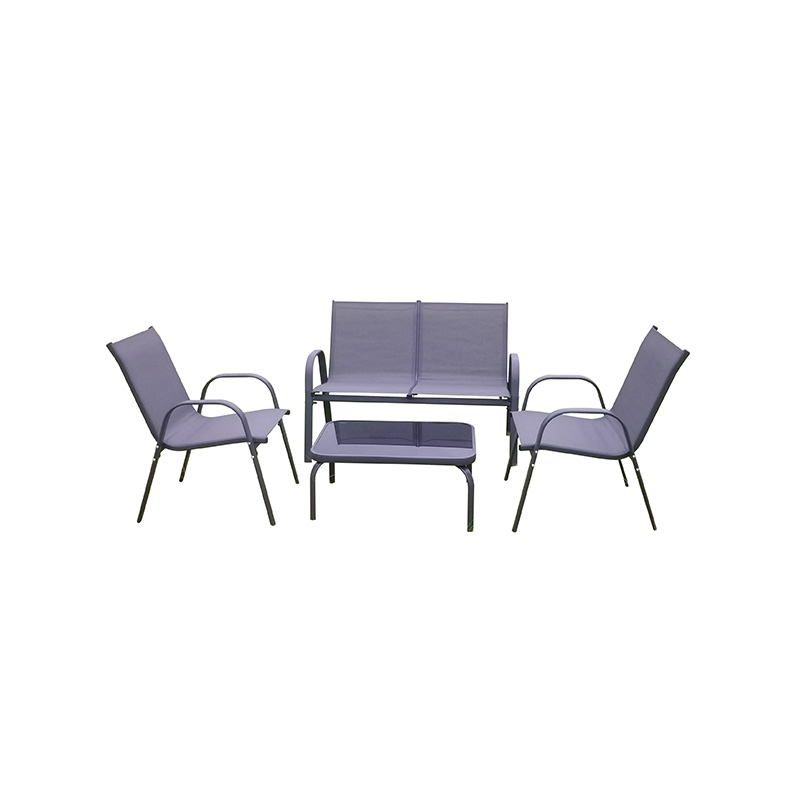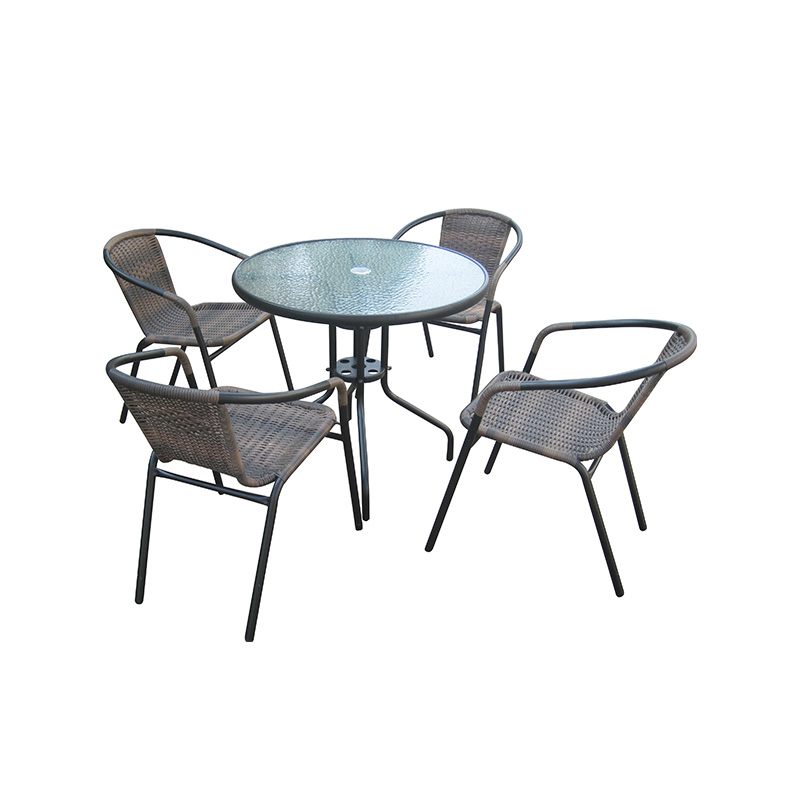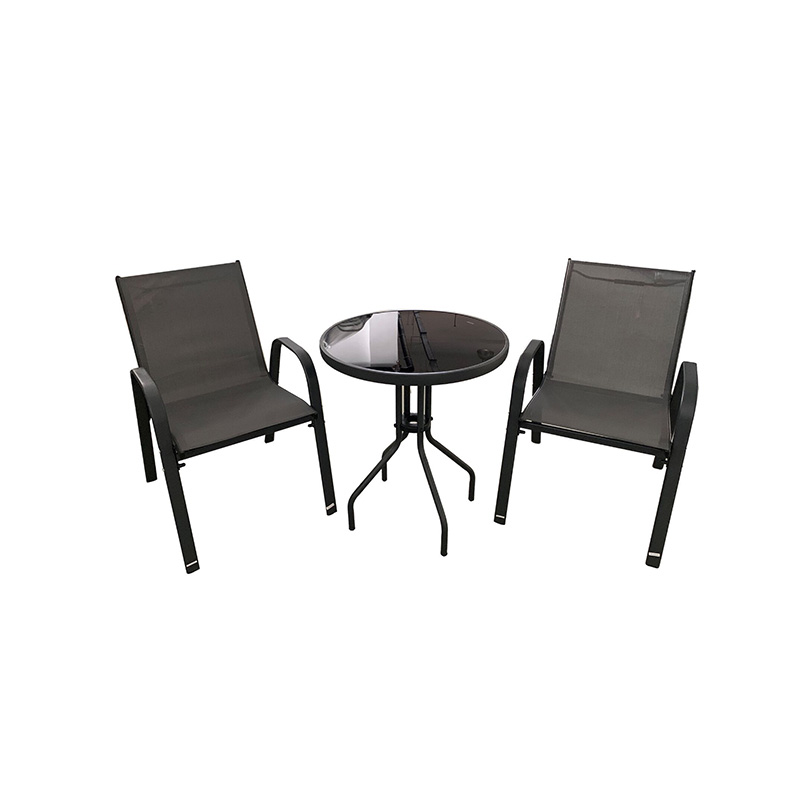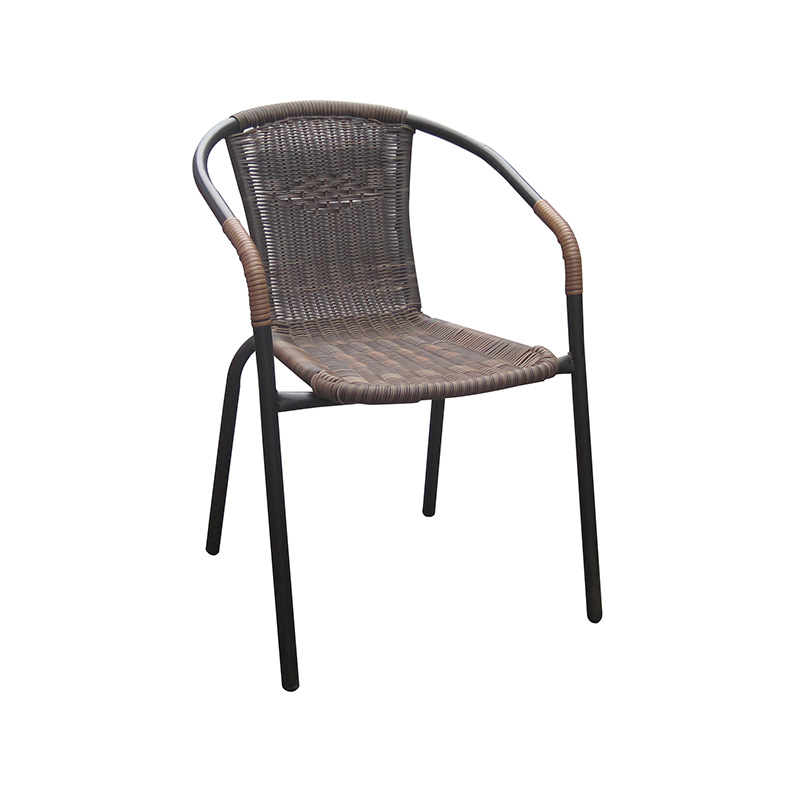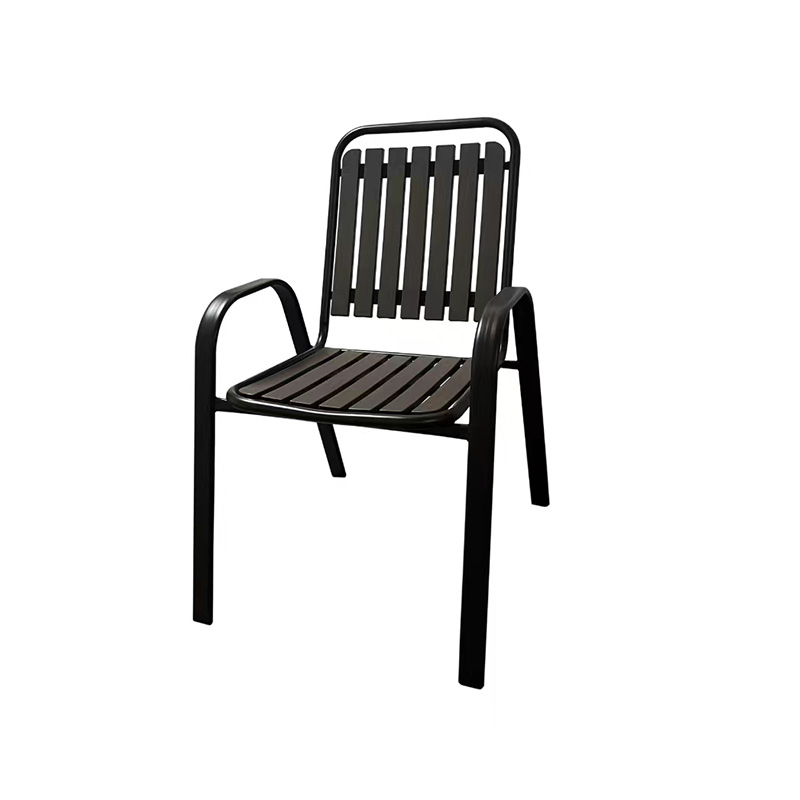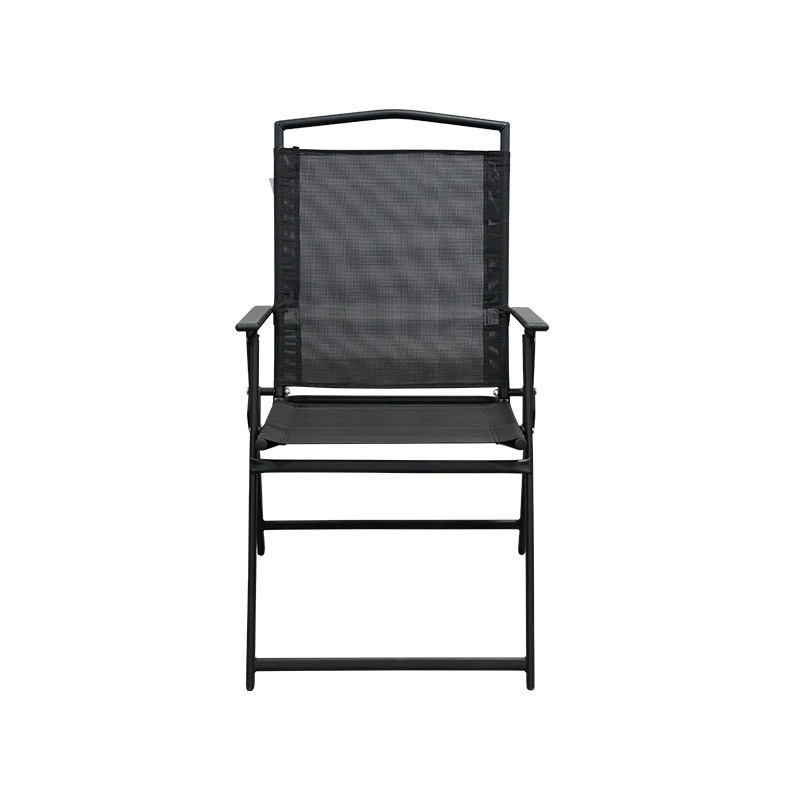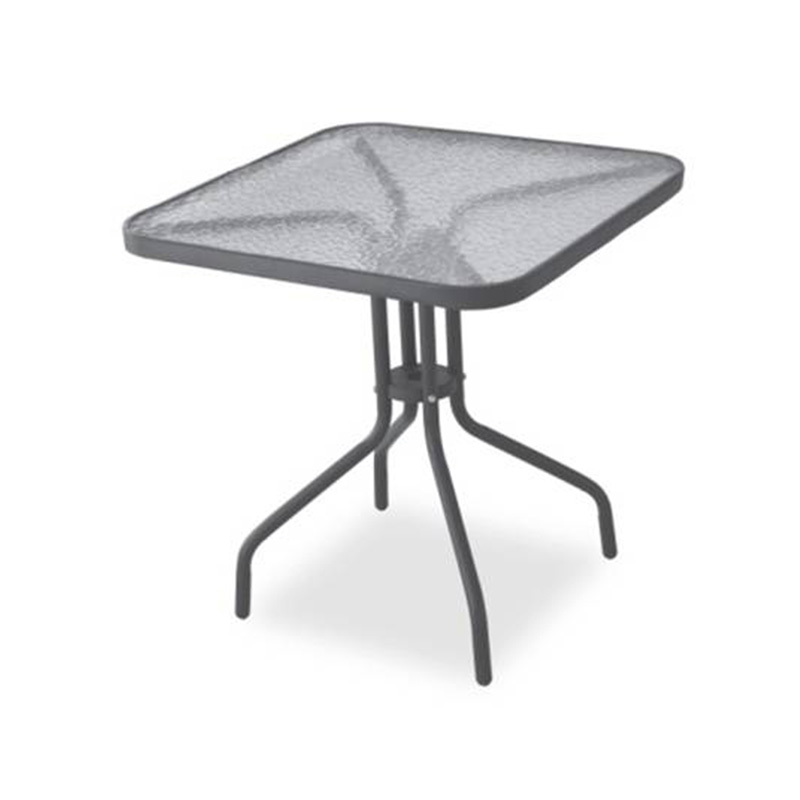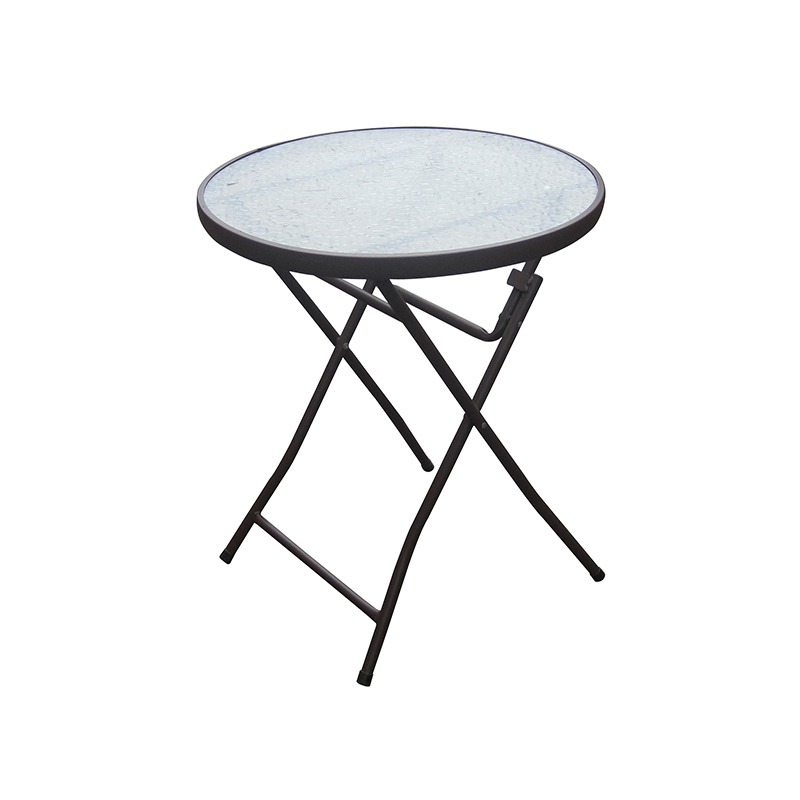What's the Difference Between Natural and Synthetic Wicker?
Oct 24, 2025
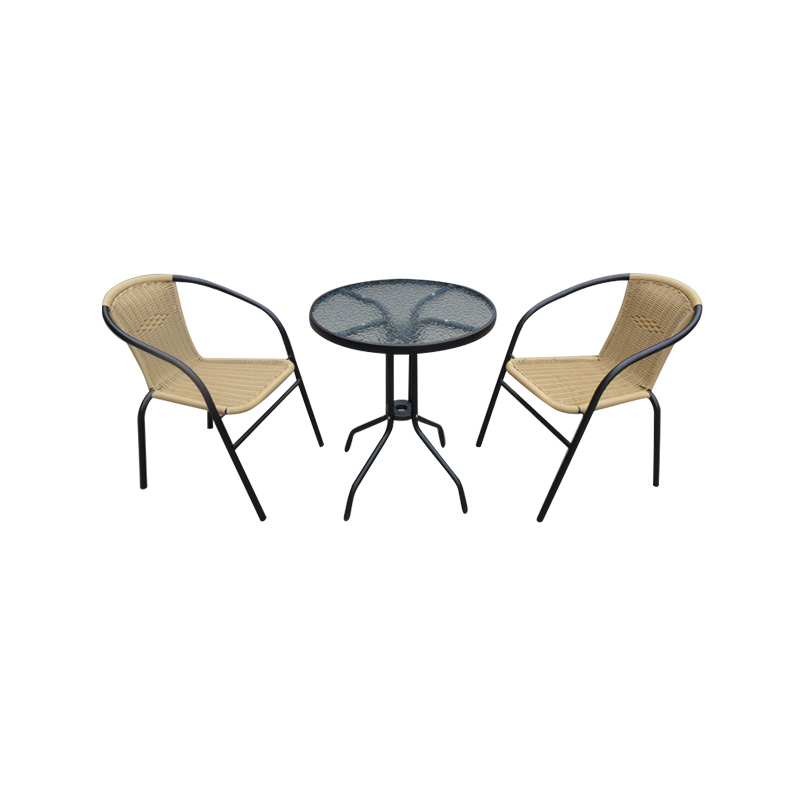
Wicker seating sets have become a popular choice for both indoor and outdoor spaces due to their lightweight design, aesthetic appeal, and versatility. When shopping for a wicker seating set, one of the most important considerations is the material: natural or synthetic wicker. Understanding the differences between these two types can help you make a more informed decision that suits your needs and lifestyle.
Understanding Natural Wicker
Natural wicker is made from plant-based materials, such as rattan, reed, bamboo, or willow. These materials are woven by hand or machine to create a furniture piece that feels organic and warm. Natural wicker has a unique texture and subtle variations in color, giving each piece a distinct character.
One advantage of natural wicker is its lightweight structure, which makes moving the seating set relatively easy. It also tends to blend seamlessly with a variety of interior and outdoor decor styles, from rustic to contemporary. However, natural wicker can be sensitive to moisture and prolonged exposure to sunlight. Without proper care, it may fade, crack, or become brittle over time.
Exploring Synthetic Wicker
Synthetic wicker, often made from polyethylene or resin materials, is designed to mimic the appearance of natural wicker while offering enhanced durability. A synthetic wicker seating set can withstand exposure to rain, UV rays, and temperature changes without significant damage. These sets are often easier to clean since they resist stains and can be wiped down with a damp cloth.
In addition to durability, synthetic wicker offers consistency in color and texture. While natural wicker can have variations, synthetic options are uniform, making them ideal for matching multiple pieces in a seating arrangement. However, some people feel that synthetic wicker lacks the warmth and authenticity of natural fibers, which may affect the overall aesthetic for certain interiors.
Comparing Maintenance and Longevity
Maintenance is a key factor when choosing between natural and synthetic wicker. Natural wicker requires regular dusting and occasional treatments with oils or sealants to maintain its appearance and prevent drying out. It may also need indoor storage during harsh weather conditions if used outdoors.
Synthetic wicker, on the other hand, is low-maintenance. It is resistant to fading and moisture, which makes it suitable for year-round outdoor use. Occasional cleaning with mild soap and water is usually sufficient to keep it looking new.
Cost Considerations
Price is another aspect to consider. Natural wicker seating sets tend to be more expensive due to the labor-intensive process of harvesting and weaving the plant materials. Synthetic wicker sets are generally more affordable and provide better durability for outdoor use, making them a practical choice for long-term investment.
Making the Right Choice
Choosing between natural and synthetic wicker depends on your priorities. If you value authenticity, texture, and a warm aesthetic, a natural wicker seating set may be the better option. If durability, low maintenance, and outdoor resilience are more important, synthetic wicker provides a reliable solution.
Both types of wicker seating sets have their strengths and limitations. Understanding these differences helps you select furniture that fits your style, usage, and care preferences, ensuring a comfortable and attractive seating area for years to come.

 English
English 中文简体
中文简体 Español
Español